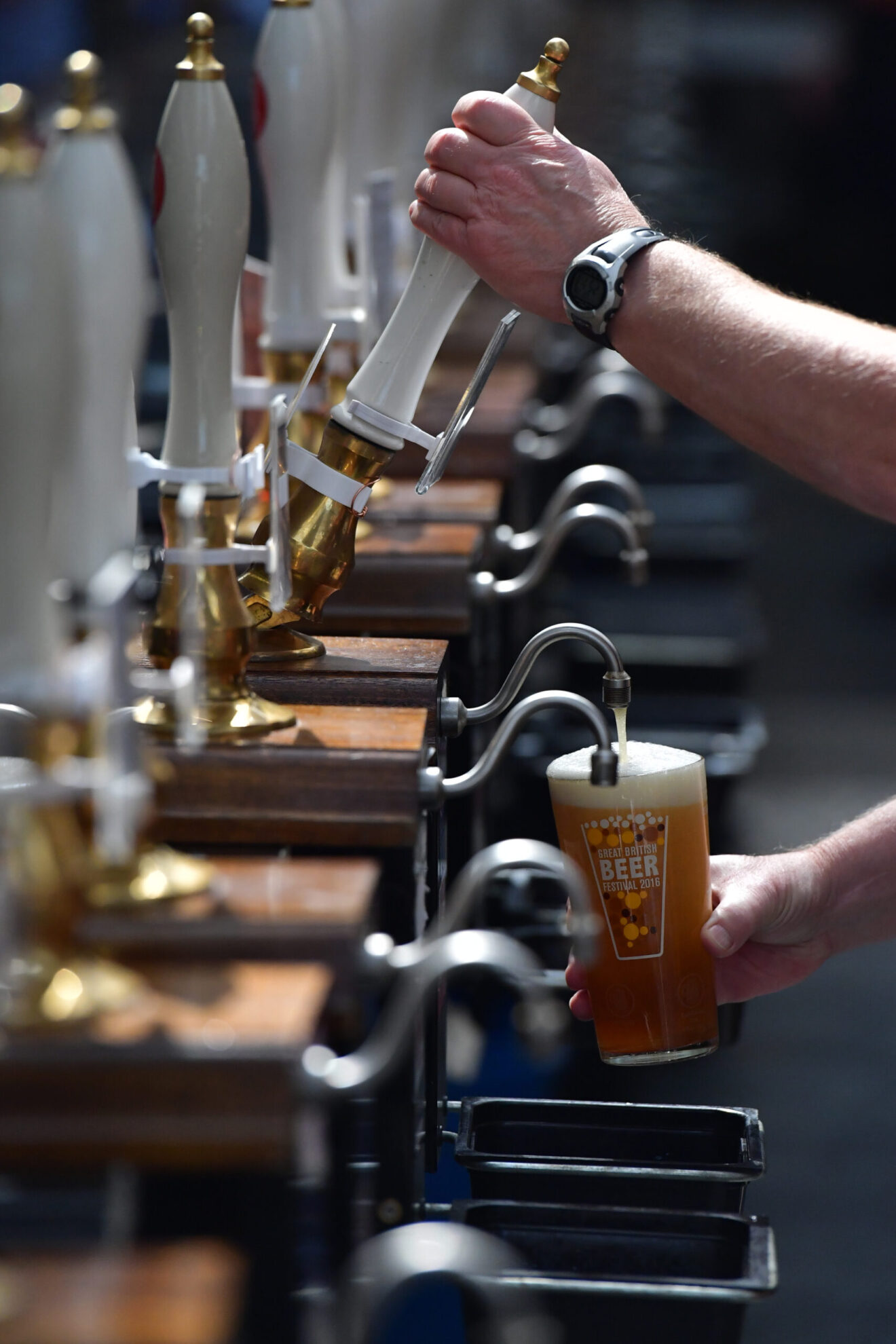By definition, craft beverages are small-batch drinks and owned independently — but in some cases, the firms that make them eventually flourish and become so successful that they’re considered bigger brands. In fact, some are calling for bigger craft beer brands like Samuel Adams to stop calling themselves “craft”. However, just as these requests are growing, more craft beverages are coming to market, and from craft soda to wine, the list continues to grow.
The rules and terminology specifications for craft beverages can sometimes add to the confusion rather than solving it, making the craft beverage question a complex one.
What is a “craft beer?”
The Brewers Association defines “craft beer” with the threshold that the company must produce six million or fewer barrels per year. That number was raised from two million in 2011 in what was known as the “Samuel Adams provision.”
“At the time, Samuel Adams was nearing that threshold and wanted to still be officially considered ‘craft,’” says Tomas Sluiter, president of Culmination Brewing Co. and principal with Brewery Consultant Group. “That number is set to be revisited again by the Brewers Association in 2025.”
In addition, to be referred to as a craft brewer, less than 25% percent of the craft brewery should be owned or controlled by a firm that isn’t considered a craft brewer. “So if ‘BigBeerCo.,’ who makes 300 million barrels a year, buys part of ‘LittleMinnowBeerCo,’ LittleMinnow can still be considered craft as long as BigBeer doesn’t own more than 24.9%,” Sluiter says.
Can big firms not make “craft” quality?
Although craft beer is defined as a beverage made by a smaller company, some bigger brewers have expressed frustration that the term “craft” inappropriately suggests that only smaller firms can make craft-style beer, when in reality, big brewers argue that their beer can have just as much artisan quality as smaller companies.
“Craft for me is an economic, marketing definition, blocking out big guys,” said Willem van Waesberghe, Heineken’s global craft and brew master, earlier this year. “For me it is about craftsmanship, a brewer in a big brewery or a brewer in a small brewery needs to do the same craftsmanship.”
So is “craft brewing” just a marketing term, or is it actually a technical description in the brewing industry? “It’s both, really, and in my opinion, generally used to death,” Sluiter says. “Official parameters aside, I think it’s one of those terms that has lost some of its impact over time.”
Quality, community engagement are key for small craft firms
Despite the proliferation of craft brewers, small beverage firms can still stand out among the growing competition if they highlight the quality of their brews, Sluiter says. “I think we are going to see the crowded markets demanding a very good product, and a very well branded and marketed product. There are still some underdeveloped markets across the US where a brewer who opens can still see robust sales even with a marginal product in quality and branding. But that’s changing now.”
As the market narrows, existing brewers should focus strongly on branding, rebranding and ensuring that their finances are in order. “In my experience, many breweries enter the market without a strong background in running businesses,” Sluiter says. “In a way, it’s much easier to make great beer than it is to run an efficient business.”
Brewers should also maximize community engagement and grassroots marketing to stand out from the crowd, Sluiter says. In addition, craft brewers can innovate swiftly — something that bigger companies have a harder time doing, he adds, making it easier to stay ahead of the curve and bring new varieties to the marketplace.
___________________________________________
If you enjoyed this article, join SmartBrief’s email list for more stories about the food and beverage industry. We offer 20 newsletters covering the industry from restaurants to food manufacturing.
